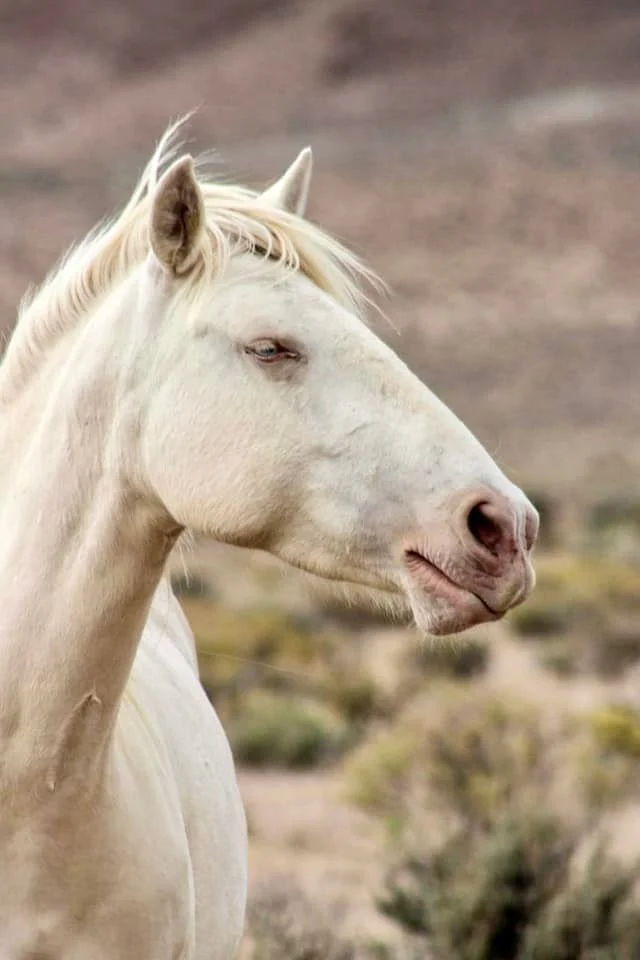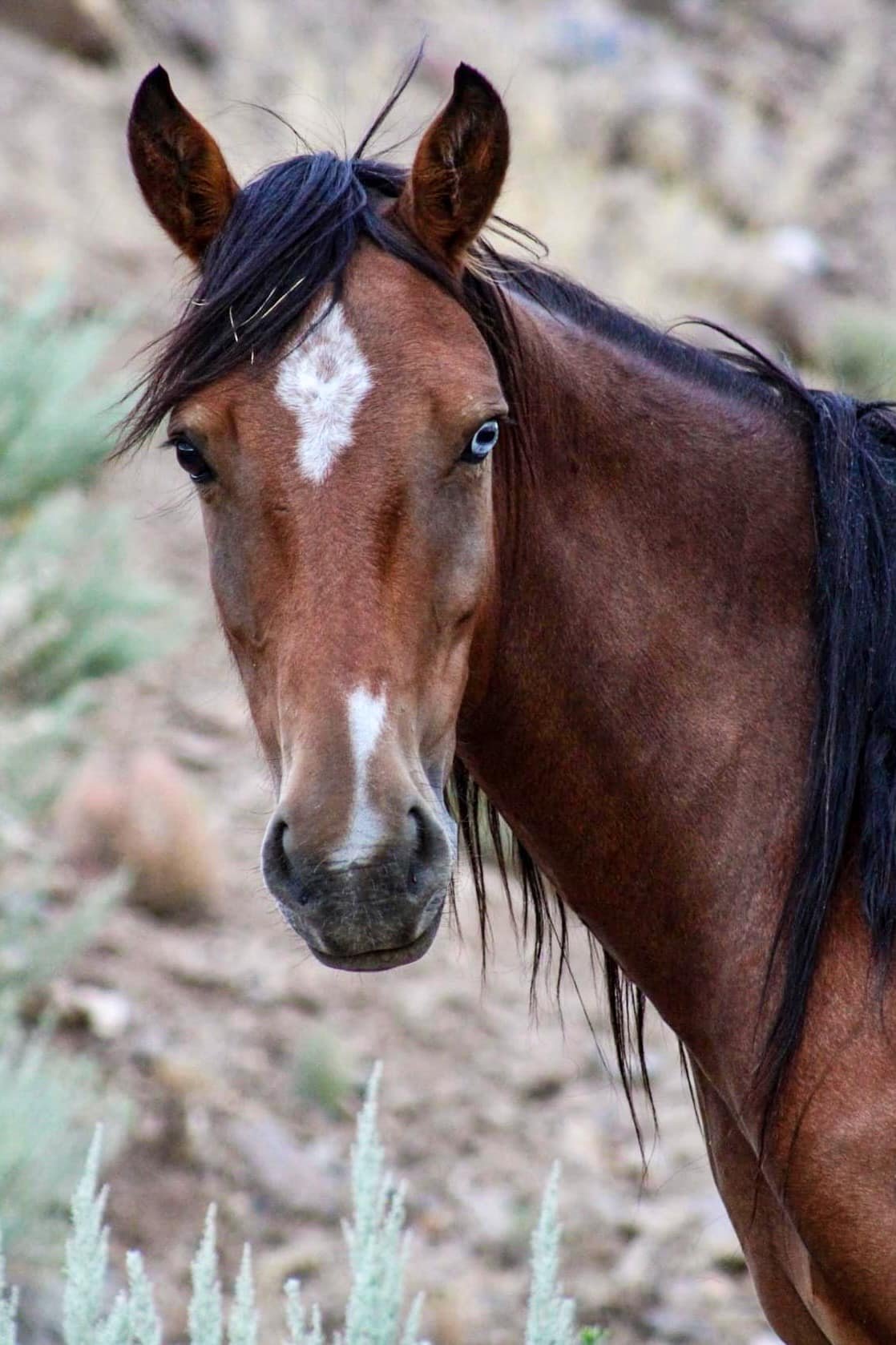on the range: bats and blue-eyed horses
Going Batty!
By Deana Kirk
The Virginia Range is home to thousands of bats. In fact, Nevada has 23 different bat species. They come in a variety of sizes and colors. The Canyon bat is the smallest bat, weighing only 4 grams and measuring 2.5 inches long. The largest bat is the Western Mastiff bat.
This big bat can weigh 70 grams and grow to be 7 inches long with a wingspan of over 22 inches wide! The bats on the Virginia Range play a vital role in controlling the insect population. In one hour, a Little Brown bat can eat 1,200 insects. This helps protect the farmers' crops and the forests.
Bats are also responsible for pollinating many flowers, fruits, and vegetables. Did you know, that without bats, we would not have bananas, avocados, mangoes, or cacao? That’s right! Bats bring us chocolate! They are the only flying mammal that exists and can reach speeds of over 100 miles per hour.
While it is true that they can carry rabies, in Nevada, less than 1% of bats test positive for rabies. If you would like to help control the insects in your yard, consider building a bat box.
To learn how to build a bat box, visit the Bat Conservation International website at https://www.batcon.org/
ON THE RANGE: BLUE EYES ON THE VIRGINIA RANGE
By Allison Hinkle
Did you know there were wild horses with blue eyes on the Virginia Range?
While it is pretty rare, it can happen and is a beautiful sight to see! Blue eyes are caused by a reduction of pigment in the eyes, which all comes down to the horse’s genetics. Most often, the cause is from the creme dilution, which is more commonly associated with a form of albinism. When a horse only has one copy of this dilution, they are considered incompletely dominant and likely still have darker eyes.
Some common examples of this are buckskins and palominos. When a horse has two copies of the dilution gene, the lack of pigment is more apparent, and this is where you will see lighter eye shades like blue appear. As you have probably guessed, coat color and eye color are heavily correlated. Horses with the double-dilute genes are more likely to be a perlino or cremello.
Many think that horses with lighter eyes do not see the same as those with darker eyes. While the color may differ, all horses have the same dichromatic vision, allowing them to see and perceive their surroundings in the same way. Similar to humans with blue eyes, they may be more sensitive to bright light, but this thankfully does not negatively affect their vision.
Sometimes, a horse may only have one blue eye. This is another genetic trait called heterochromia, which is a genetic mutation that affects the pigment of only one iris. This normally happens in paints or appaloosas. On our range, we have a handful of horses with this mutation. New Moon (shown below) is a beautiful Virginia Range mare with one blue eye, and no problems with eyesight!




